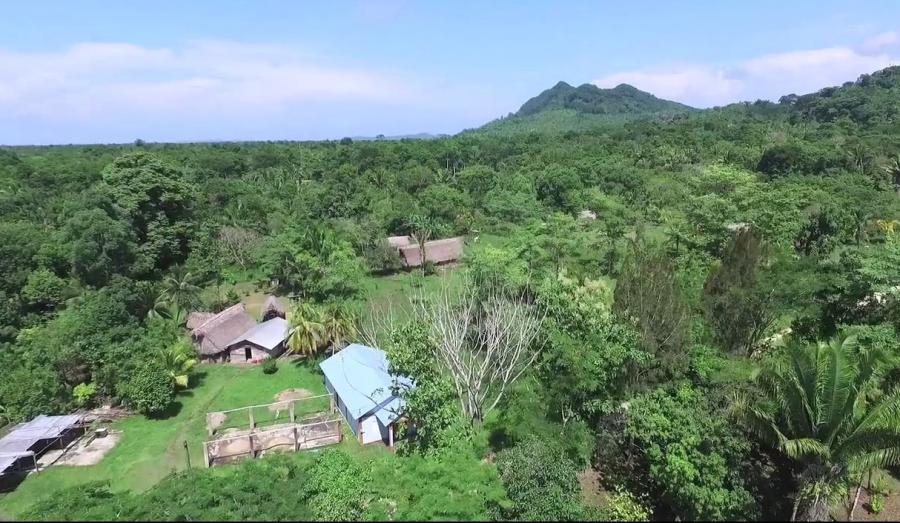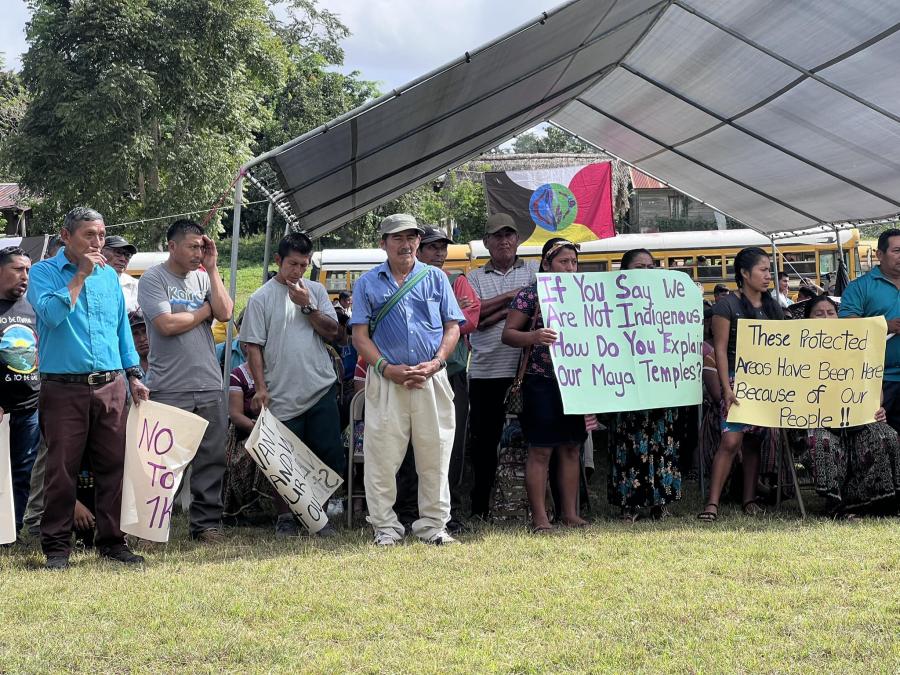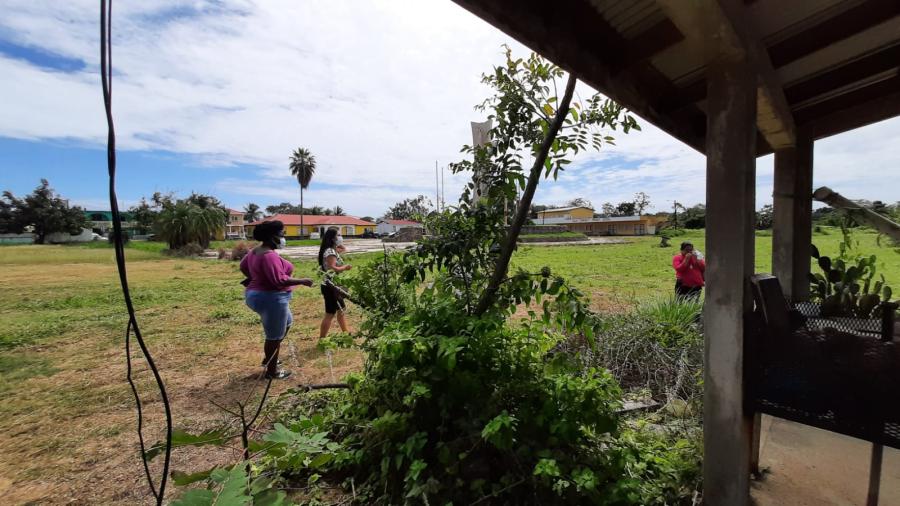All of Central America today is in sorry shape, each country in its own fashion. Guatemala, currently making a tentative and not altogether convincing transition from military to civilian rule, remains as tense as a coiled snake. El Salvador is mired in a seemingly endless civil war that has brought internal chaos and economic depression. Nicaragua is trying to stay above water while fending off outside aggression and internal dissension. Honduras, surrounded on all sides by conflict, has become the staging ground for the contra war on Nicaragua and a military base for the US Armed Forces. And Panama, once stable enough to provide safe harbor for the international banking community, is now being slowly ground to pieces by its increasingly ruthless National Defense Forces and US economic sanctions. Only tiny Belize and Costa Rica remain as more or less stable holdouts; yet both are, in concert with the other countries of the region, in severe economic straits.
Amid all this strife, economic depression, political confusion, and suffering. Central America's ethnic minorities and indigenous peoples have been pushed aside and ignored. With the entire region in flames, who is going to worry about Indians? The problems of the region are so massive and so pervasive that the Indians are viewed - if they are viewed at all - as unimportant and insignificant.
Guatemala, of course, would appear to be somewhat different: its Indians, who make up more than half of its total population of 8 million, can hardly be ignored. Visually striking and culturally diverse, they have been studied extensively. The story of the bloody repression and outright massacres suffered by Guatemala's Indians since the mid-1970s has been told in numerous books, articles, and films. Yet despite all of this coverage, no interpretation exists from the Indians' point of view; the thoughts and feelings of the Indians themselves are missing.
The rest of Central America's indigenous population has been equally silent; even in their own countries, many of the diverse ethnic groups are not well known. With the exceptions of the Miskito, who have recently come to prominence through their conflicts with the Sandinistas in Nicaragua, and the Kuna of Panama, who have been popular with anthropologists and tourists (for their colorful mola blouses) for some years, the Indians of Central America generally draw a blank. People within Honduras and El Salvador often flatly deny the existence of Indians there. Costa Rica's Indians, who now number more than 20,000, have been drenched in government paternalism and ignored by Costa Rican society at large: in school textbooks, they make a cameo appearance as pre-Hispanic savages, and then drop out of sight altogether. In Belize, most of the Kekchi and Mopan Maya are isolated in the southern district of Toledo, where they have few government services and fewer opportunities for employment.
Indians make up the unknown, silent minority in these countries. They are the invisible population that lives at the bottom of the social, political, and economic ladder. Once rulers of the entire region, they have been oppressed, discriminated against, driven from their most productive lands, and relegated to the most marginal occupations.
Yet somehow they have persisted. During the last few years some of them have begun to organize themselves and take charge of their lives. In Belize, the Garifuna have formed the National Garifuna Council, and the Kekchi and Mopan have set up the Toledo Maya Cultural Council; these organizations are now part of the Caribbean Organization of Indigenous Peoples (COIP), which also includes newly formed groups from Dominica, St. Vincent, and Guyana. Indian communities in Costa Rica have begun to form traditional councils of elders, called consejos de awapa, as a means of building cohesion at the village level and defending the rights of their people. The Kuna in Panama have been active for years with groups organized around specific projects and programs, and the Emberá and Guaymi, also of Panama, are attempting to follow the Kunas' lead; all of this is occurring under the eyes of a government that has been relatively benign toward its indigenous peoples. Even in Honduras and El Salvador, faint murmurings have been emitting from the long-dormant indigenous populations. In El Salvador, the National Salvadorean Indigenous Association (ANIS) has been active on the labor front, and Indian promoters in rural communities of the country's western regions have begun to work, albeit cautiously, with small-scale development projects.
The main issue concerning indigenous peoples, not just in Central America but throughout Latin America, is the quest for land. All Indians have seen their territories shrink over the centuries in the face of white and mestizo expansion, and the demographic explosion of the past 50 years has made their situation critical. Everywhere, landless colonists are pushing out into Indian lands, carving out farms and cattle ranches. And as the colonists push from the outside, population pressures from within the Indian territories fuel growing concern to establish, stake out, and gain dominion over their own homelands. The Indians of El Salvador are seeking communal lands for villagers in the Department of Sonsonate. The Miskito, Sumo, Garifuna, and Pesch peoples are working to gain title to their lands in the Mosquitia, the Atlantic coast of Honduras and Nicaragua. The Mopan and Kekchi peoples of Belize are crusading to establish a Maya homeland in the heart of the territory they inhabit.
In the area of land rights, the Kuna have taken the lead. Starting in 1983, they set up a forest park and wildlife refuge through the Kuna Employees' Association (AEK) and the Project for the Study of Wildland Areas Management of Kuna Yala (Pemasky). They are organizing the First Inter-American Indigenous Congress on Conservation of Natural Resources and Environment, which will be held in Panama in November of this year. The Emberá and the Guaymi, too, are organizing themselves around a similar campaign to demarcate their territories.
Perhaps more than at any time in their history, the very survival of the Indian people of Central America is threatened. In some areas they have been direct targets of political violence; in others, population pressures and environmental destruction drive land-hungry peasants into the last stands of tropical forest, which are invariably inhabited by indigenous people. None too late, these groups are organizing themselves in an attempt to maintain their independence and their autonomy and to guarantee themselves homelands and a place in the modern world for their distinctive cultures. It is sad that the native inhabitants of Central America need to begin this fight by first establishing the fact that they exist.
Article copyright Cultural Survival, Inc.



